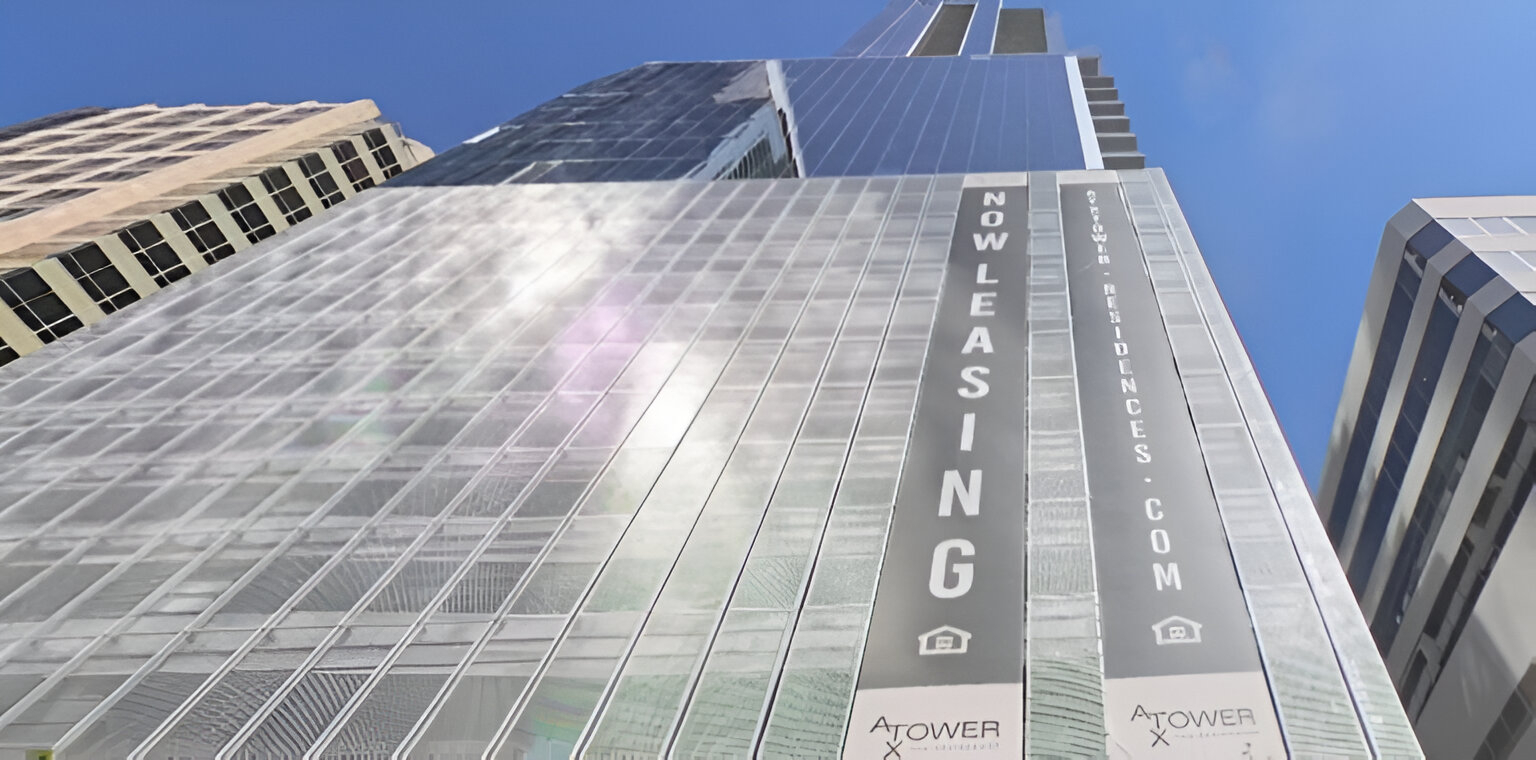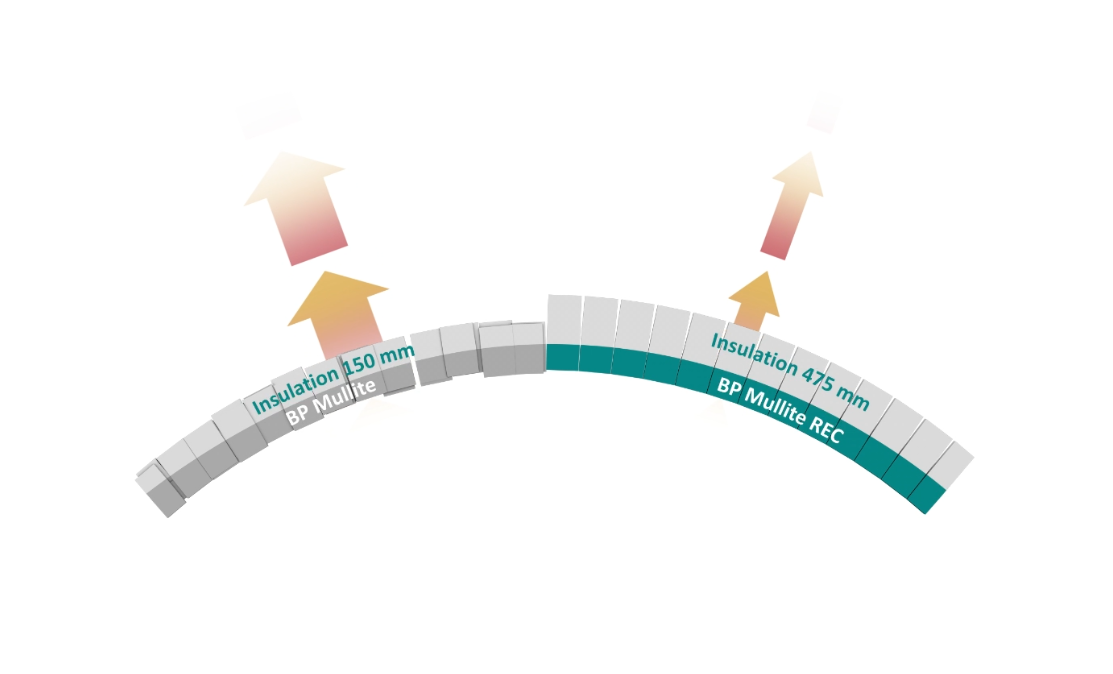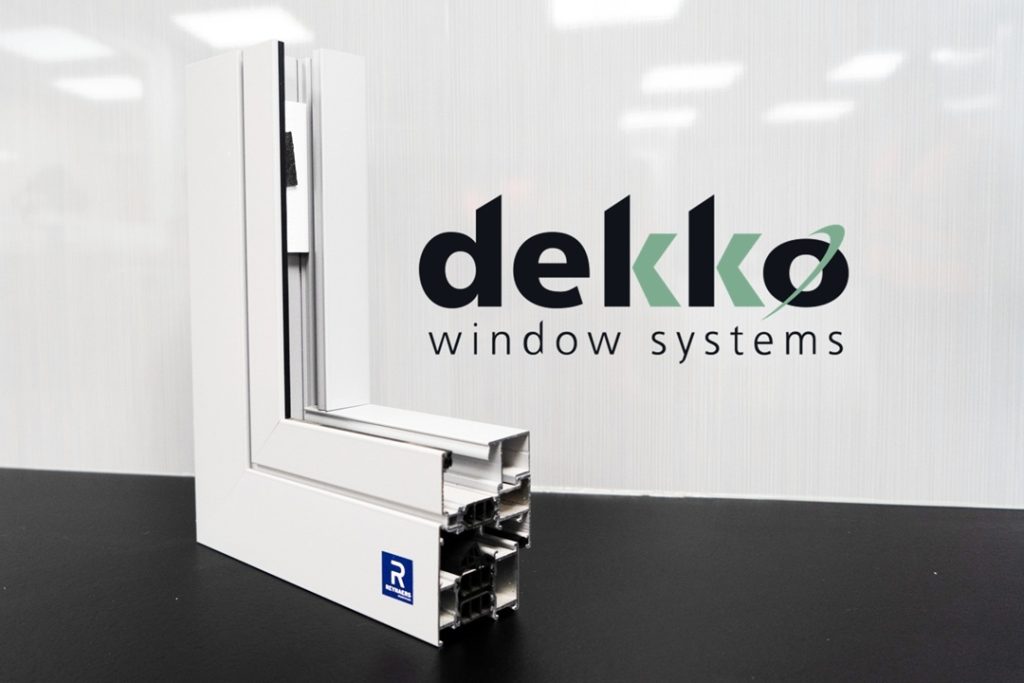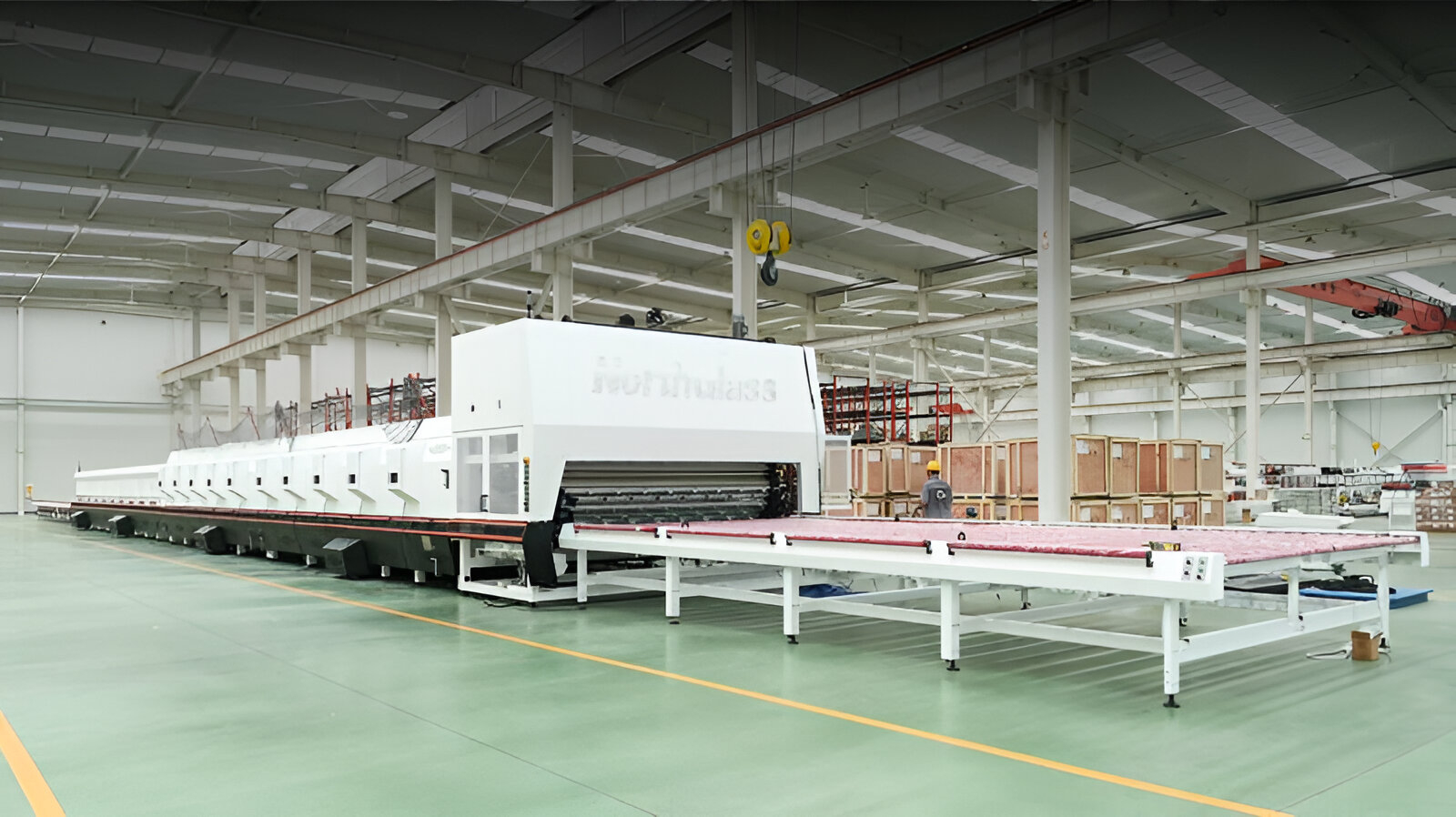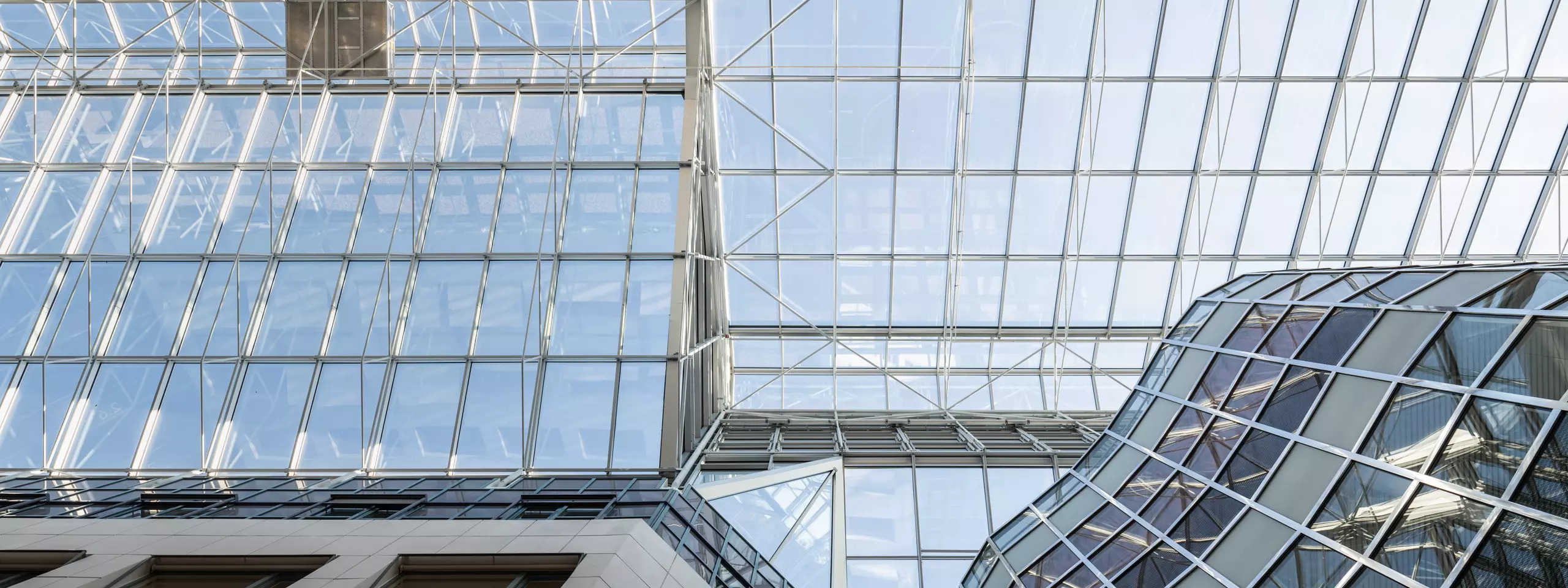Recent incidents of large glass panels detaching from high-rise buildings have drawn attention to safety challenges in the glass façade industry. Notably, a 66-story mixed-use skyscraper known as the ATX Tower has experienced multiple glass panel failures within a few months during construction. The panels involved are large-format curtain wall glass units designed for high thermal performance and durability, yet several have shattered or fallen, prompting investigations into possible causes such as installation errors or material defects.
Similarly, a glass-covered residential building near Migjeni School in Durrës, Albania, has repeatedly seen sizable laminated and tempered glass panels detach and fall, posing risks to pedestrians in a busy area. Despite the proximity to a school and frequent foot traffic, safety barriers and official responses remain limited.
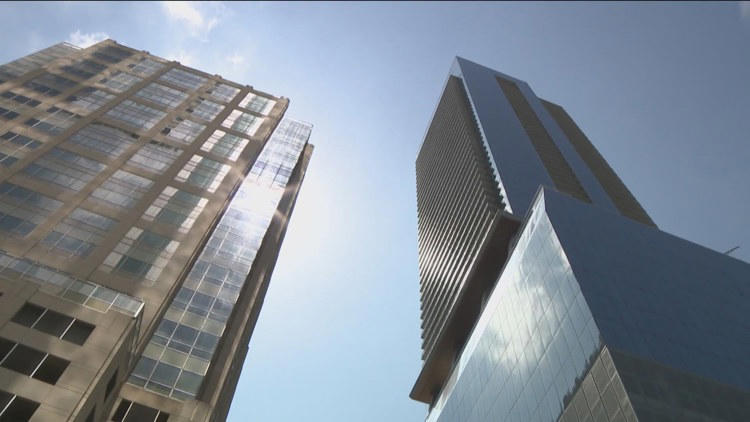

These incidents highlight the complex factors affecting glass façades, including thermal stresses, wind loads, and the precision required during installation. As urban architecture increasingly relies on expansive glass surfaces, ensuring rigorous quality control and maintenance throughout a building’s lifecycle becomes essential to prevent hazards and maintain public safety.
Glass panel failures can often be traced to a combination of factors such as thermal breakage caused by uneven temperature distribution across the glass surface, impact damage during transportation or installation, and stress concentrations from improper framing or sealant application. Laminated glass, which consists of multiple layers bonded with interlayers, is designed to hold together if shattered but can still detach if anchoring systems fail.
Additionally, large-format glass units are particularly vulnerable to wind-induced vibrations and building movements, requiring meticulous engineering and installation practices to maintain their integrity over time.
Source: Glass Balkan
